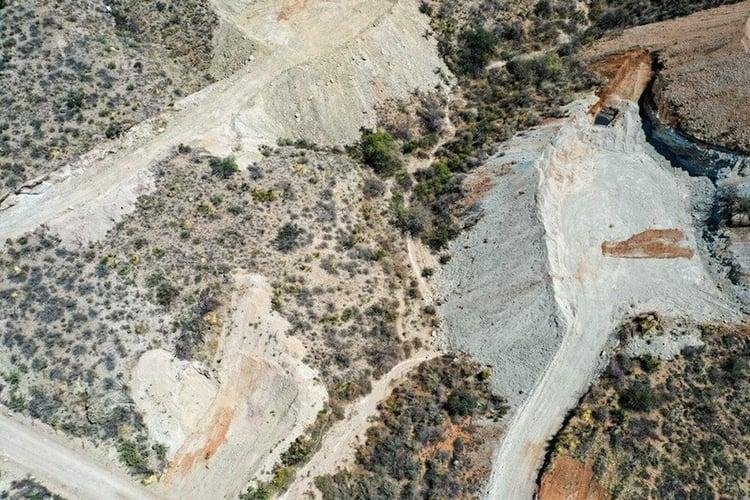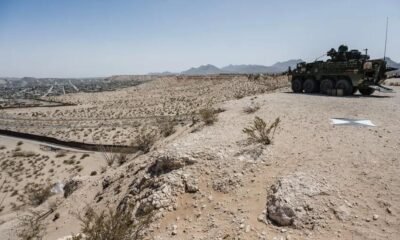border
Judge Reverses Right-of-Way Decision for Copper World, Impacting Santa Rita Experimental Range

In a significant ruling, a Maricopa County judge has determined that state officials breached the open meeting law regarding the assessment of a right-of-way for the controversial Copper World mine project, situated 35 miles southeast of Tucson in the Santa Rita Mountains. Owned by Toronto-based Hudbay Inc., the mine has drawn considerable scrutiny from environmental advocates who claim it would have detrimental effects on both the Santa Ritas and the Santa Cruz River.
Backers of the mine assert that the project, which carries a price tag of $1.7 billion, could yield nearly $250 million in property taxes and create 400 direct jobs along with up to 3,000 indirect employment opportunities. Despite these claims, the ruling has intensified scrutiny on the project and its regulatory processes.
Judge Scott A. Blaney issued a detailed 13-page opinion, concluding that the Arizona State Land Department’s Board of Appeals erred by not adequately disclosing that the right-of-way would encompass pipelines transporting mining waste, known as tailings, across state-protected land managed by the University of Arizona. This land comprises the Santa Rita Experimental Range, a 52,000-acre protected area.
The approval of the easement was granted in December 2022. However, the environmental group Save the Scenic Santa Ritas Association, which has long opposed the mine, initiated a lawsuit. They contended that state officials had failed to accurately describe the intended use of the easement on the protected land. They were supported by Farmers Investment Co., a pecan farming business from Sahuarita.
Blaney’s decision invalidated the Board’s valuation of the easement as “null and void” due to the misrepresentation of facts in the meeting notices. He mandated that the state must address the open meetings law violation within 30 days by convening a new public meeting with an updated agenda.
In response, Save the Scenic Santa Ritas’ executive director Rob Peters expressed satisfaction with the ruling, emphasizing the need for the state Land Department to revoke the right-of-way. Peters called for a deeper investigation into potential misconduct related to the issuance of the right-of-way, urging state officials including Governor Katie Hobbs to look into the matter.
A spokesperson for Hudbay acknowledged the court’s decision, referring to it as a “noticing error”, but noted that the ruling did not invalidate the right-of-way itself. The spokesperson asserted the company’s commitment to collaborating with the state Land Department to resolve the issue, maintaining that the Copper World Project is progressing and poised to contribute positively to Arizona’s economy and environmental efforts.
Previously known as Rosemont Copper, the Copper World project aims to establish six open pits over 15 years, excavating up to 277.4 million tons of sulfide ore, generating significant waste rock in the process. This operation has raised alarms among environmentalists, particularly regarding the disposal of tailings and potential water contamination.
As part of the project, Hudbay intends to build infrastructure such as a freshwater pipeline, a tailings pipeline, and transmission lines. The company had initially sought access via federal land but ultimately redirected plans to state-owned land.
In his verdict, Blaney underscored the critical nature of public transparency, especially related to the number of pipelines involved and their intended use. He highlighted that the omission of information regarding the tailings pipelines could mislead the public and impede informed evaluation of the project’s impacts.
The ruling not only holds implications for the Copper World project but also raises broader questions about the integrity of the engineering control and oversight processes in Arizona’s natural resource management. As this case unfolds, it may set precedents for future mining projects in the region, reinforcing the importance of adherence to both environmental standards and public regulations.


















